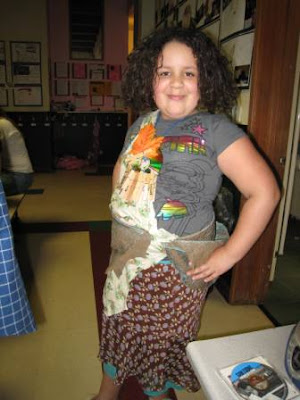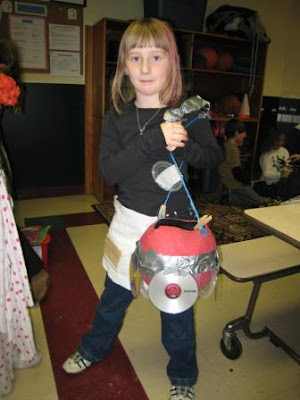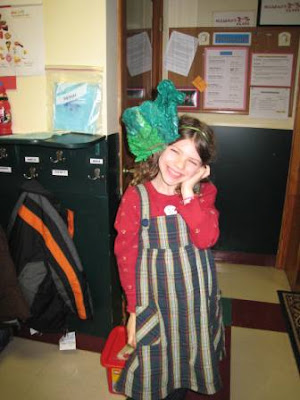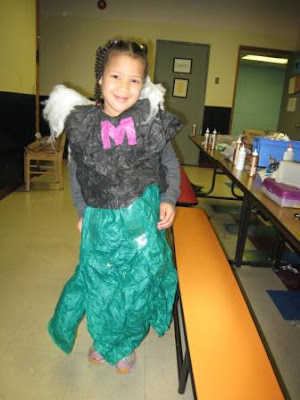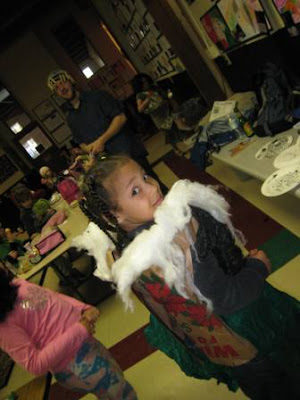Mid-month saw the arrival of my Letter Exchange magazine and provided relief from poor Sara who would probably get a letter every other day if I hadn’t found discovered this great source. She would like the letter getting, but then feel guilty when she didn’t respond promptly, which I’ve told her isn’t a huge deal as she certainly hasn’t resolved to write a letter a day, but you know how she is. When I wrote a letter to a LEX member, I’ve included what they wrote in their listing.
- March 11. Sara. Letter.
- March 12. Sara. Letter.
- Letter back! Nestor Ramos.
- March 13. LEX Letter. Do you blog? Where? What about?
- March 14. LEX Letter. Charm bracelets. Tell me the story behind your favorite charm. If you don’t have one pretend you do and tell me the fictional version of your favorite charm.
- March 15. LEX Letter. 1.5 miles from an empty mailbox.
- March 16. Jenna. Letter.
- March 17. LEX Letter. Let’s write topic letters. Simple start: five favorite T.V. shoes and why. Initially, no politics or religion. Your topic next.
- March 18. LEX Letter. College student living in Savannah, Ga. Send me your tips on surviving college life.
- March 19. None. Bad mood.
- March 20. LEX Letter. Thirtysomething writer looking for a penpal who can be supportive like the perfect bra in a world where gravity wins.
Nestor Ramos is my movie review boyfriend, as I think I’ve mentioned before. I enjoy him because he is very funny, as his letter back proved. An excerpt:
Thanks for writing! Always nice to hear from someone who enjoys my work. Actually, you’re the first. But I imagine the second will be pretty nice too. Mostly I just get mail from people who are upset because I’ve mocked some movie in which they were an extra. The time I said Cher was built from wax and car parts, some lady offered to spit on my grave.
I sent off a big packet of five letters to the letter exchange on March 19. It will be interesting to see if I get any letters back. It’s a little weird writing letters to people you don’t know. But I excel at blathering on both on and off topic, so it isn’t too bad. I really need to work on my handwriting. I hope people can read my blathering. Perhaps I should have had a year of resolving to write neatly before my year of letter writing.
Do you want to write to any of the LEX Letter people? Tell me by posting a comment and I’ll tell you how you can, even without being a member of LEX. Though you should be a member of LEX. It’s very fun.




